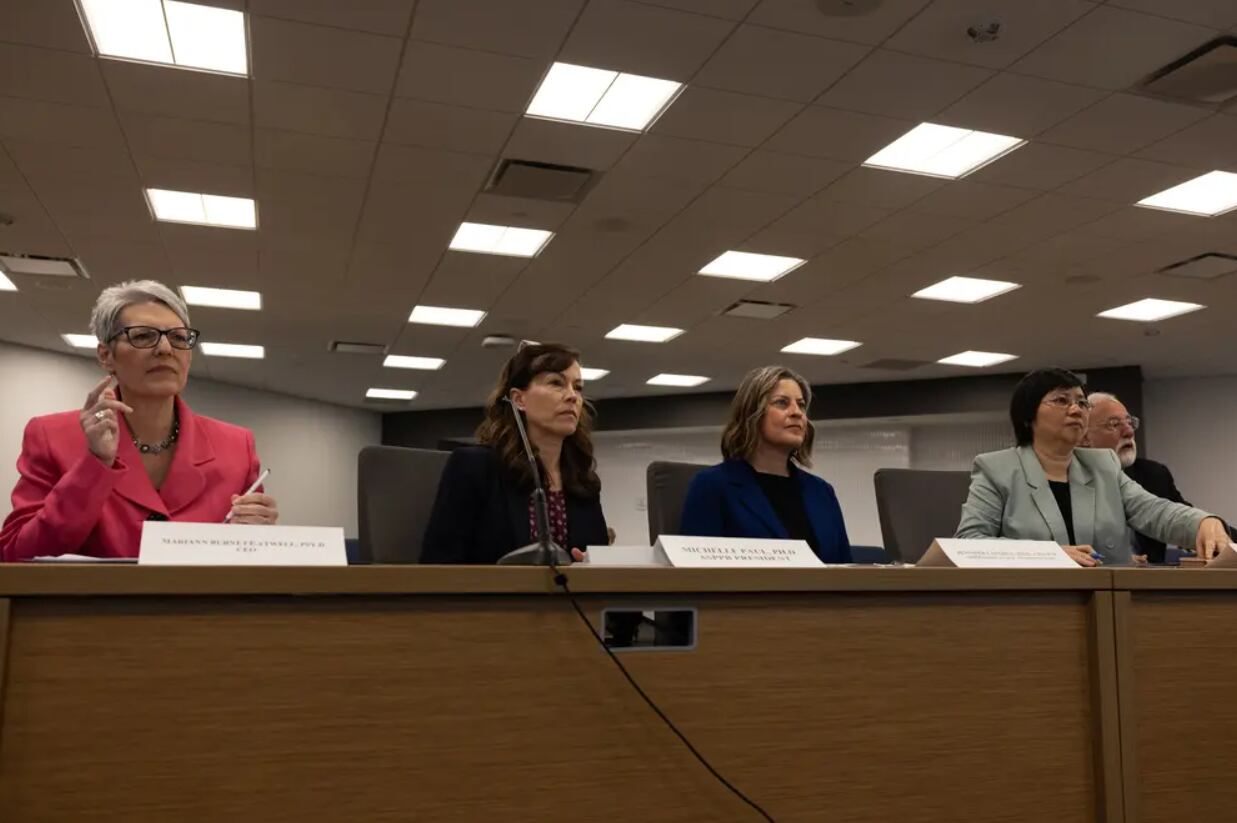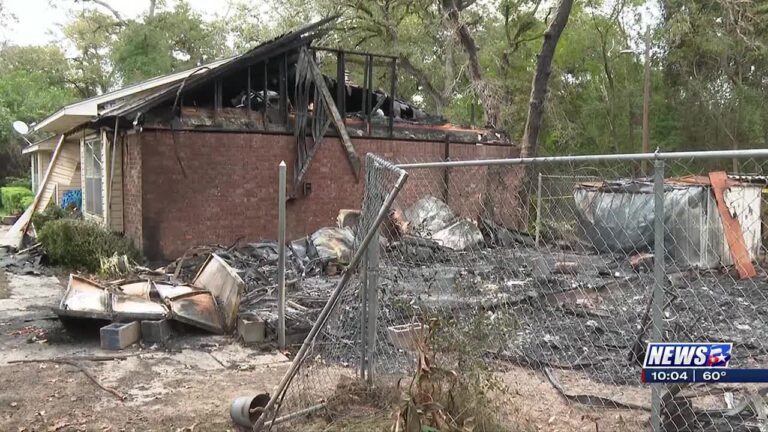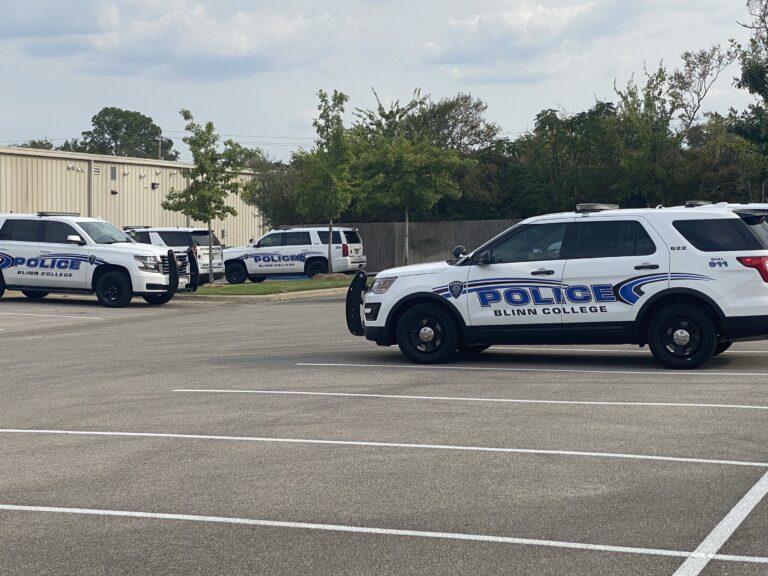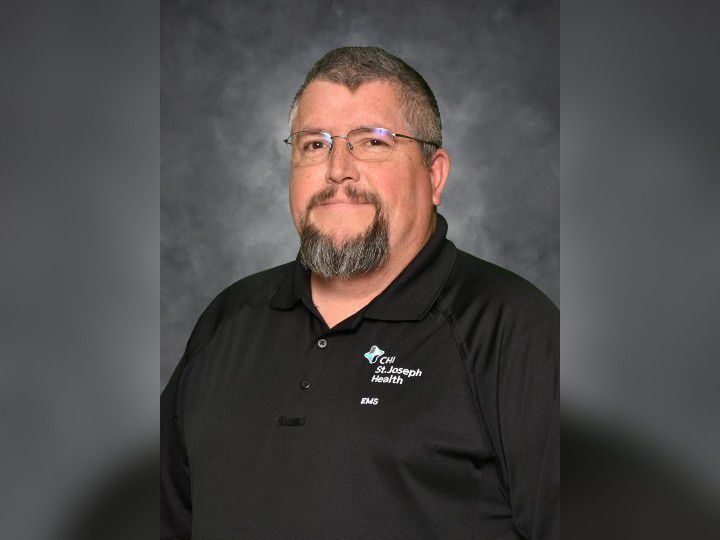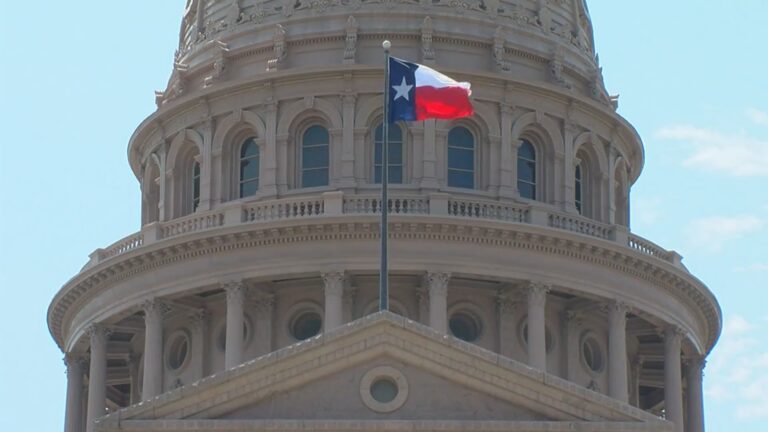A look at the Texas mental health workforce shortage
“A look at the Texas mental health workforce shortage” was first published by The Texas Tribune, a nonprofit, nonpartisan media organization that informs Texans — and engages with them — about public policy, politics, government and statewide issues.
Texas is in the midst of a mental health workforce shortage. But where is the state short?
Today, 246 of Texas’ 254 counties are wholly or partly designated by the federal government as “mental health professional shortage areas,” and that’s in a state where roughly 5 million people do not have health insurance. This has had a particularly dire effect in rural, border, and frontier counties in Texas, as some regions might have only one mental health professional or none.
“If you look at the raw numbers, we don’t have enough providers, even if they were evenly distributed,” said Alison Mohr Boleware, the Hogg Foundation for Mental Health policy director.
try{newswireFrames.autoInitFrames();}catch(err){}
A 2023 report from the Health Professions Resource Center, which collects licensure data, shows that while the mental health workforce is growing, it’s not evenly distributed around the state. Also, the workforce is aging fast and typically filled with mostly white, English-only speakers who live in the state’s largest cities.
In Texas, more than 40% of the state’s more than 30 million residents are Hispanic, but its mental health provider population is more than 80% white, according to 2023 data. Also, less than 20% of the state’s 10,440 mental health providers who responded to the 2023 workforce survey said they offer mental health services in a language other than English.
To combat the shortfall, the state’s mental health licensing authority, the Texas Behavioral Health Executive Council, said it is looking more closely at how to meet the demand.
As Boleware notes: “Not everyone needs to see a psychiatrist or a psychologist. We want to make sure people know that they have different options when deciding what level of care they might want.”
Here’s an explanation of the more common job titles in behavioral health and how the shortages stack up, statewide. To practice in Texas, all must pass licensure tests.
Psychiatrist
A psychiatrist is a medical doctor who specializes in mental health, including substance use disorders. Psychiatrists can order or perform lab work, prescribe medications, and provide therapy.
Requirements include a bachelor’s degree, a medical school degree then four years of residency.
Psychiatrists often work with individuals who have significant mental illness but can treat a broad spectrum of patients.
In 2023, there were 2,651 psychiatrists in Texas, an increase of 31.7% from 2015, according to the Texas Department of State Health Services. Even so, there are 170 counties that have no licensed psychiatrist. Overall, there are about 11,758 residents for each psychiatrist.
One note. According to the Texas Department of State Health Services, 23% of Texas psychiatrists in 2023 were over 65. The agency estimates that nearly 42% of the Texas psychiatrist workforce will be over 65 within ten years.
Psychologist and psychological associate
Psychologists evaluate a person’s mental health using clinical interviews, evaluations, and testing. They can make diagnoses and provide individual and group therapy. This group cannot prescribe medication.
Psychologists hold a doctoral degree in clinical psychology or another specialty, such as counseling or education, and they can specialize in specific areas of mental health, including child, clinical, developmental, geriatric, and community psychology.
There are 5,138 licensed psychologists and 734 licensed psychological associates in Texas. While the number of licensed psychologists increased by 18.4% since 2015, the number of licensed psychological associates – a mental health professional with a master’s degree instead of a doctoral degree – decreased by 20.2% from the 920 providers in 2015.
This has left 143 counties in the state without a licensed psychologist and 172 without a licensed psychological associate. Metropolitan counties had four times as many licensed psychologists per capita as nonmetropolitan counties.
Within ten years, 40.5% of the Texas licensed psychologist workforce will be over 65.
Social worker
Social workers are often the first point of contact for many people looking for mental health help. They often provide specific services to address a person’s life needs, such as finances, housing, community resources, and government benefits.
A clinical social worker is trained to evaluate a person’s mental health and use therapeutic techniques to help people cope with stressful life events and specific mental health conditions such as depression or anxiety. They cannot prescribe medication.
To become a clinical social worker, one must have a degree in social work, either a master’s degree to do clinical work or a bachelor’s degree to conduct case management, complete field experience hours, and pass the Texas Social Work Jurisprudence exam and the Texas State Board of Social Workers exam, which the Association of Social Work Boards administers.
There are varying ranks of social workers. Licensed clinical social workers, licensed master social workers, and licensed baccalaureate social workers all have different education and practice requirements.
A licensed clinical social worker is considered the most advanced license and can practice counseling, while licensed master social workers can provide counseling under supervision. A licensed baccalaureate social worker only needs a bachelor’s degree but usually handles non-clinical services like case management and advocacy.
The state has 10,675 licensed clinical social workers, 12,146 licensed master social workers, and 3,236 licensed baccalaureate social workers. However, 91 Texas counties lack access to licensed clinical social workers, 74 counties lack licensed master social workers, and 65 counties lack licensed baccalaureate social workers.
The number of licensed clinical social workers has increased by 49.8% since the 7,126 number was tallied in 2015, and the number of licensed master social workers has increased by 27.7% from 9,508 during the same time period.
Licensed professional counselor
A counselor is trained to evaluate a person’s mental health and engage in counseling as the primary method of treatment. These providers cannot prescribe medication. Counselors are often found in hospitals, clinics, schools, nursing homes, and private practices.
To become a licensed professional counselor, applicants need a master’s degree in a mental health-related field.
There are 25,519 licensed professional counselors in Texas, the most of any mental health profession. Since 2015, there’s been a 47.5% increase in their numbers to 17,303 in 2023.
Despite this increase, 29 counties in Texas still need a licensed professional counselor. Metropolitan counties had 1.8 times as many licensed professional counselors per capita as non-metropolitan counties.
Behavioral Analyst
A behavior analyst provides therapy for individuals, often children, whostruggle to control their emotions. They often train parents, teachers, and others on how to address troubling behavior.
To become a licensed behavioral analyst, an individual must earn an acceptable graduate degree that includes coursework in behavior analysis, complete a defined period of supervised experience, and be certified and comply with the Behavior Analyst Certification Board’s professional, ethical, and disciplinary standards and apply for a state-issued license.
This is one of the fastest growing fields. There are 3,467 behavioral analysts in Texas, which is a 62.8% increase from the 2,130 in 2020.
In 2023, there were 140 counties in Texas without behavior analysts and 219 counties without assistant behavior analysts. Per capita, metropolitan counties had 3.8 times as many behavior analysts and four times as many assistant behavior analysts as non-metropolitan counties.
Licensed specialist school psychologist
A school psychologist has an advanced degree in psychology and is trained to make diagnoses, provide individual and group therapy, and work with school staff to ensure mental wellness within the facilities. These providers generally cannot prescribe medication.
Texas has 4,017 licensed school psychology specialists, a 27.6% increase from the 3,148 providers in 2015. In 2023, there were 97 counties without licensed school psychology specialists, most of them in metropolitan areas.
Most licensed school psychology specialists work in public schools, and this provider population is still very young. In 10 years, only 21.6% of the current Texas licensed school psychology specialist workforce will be over 65 years of age.
However, the race and gender dynamics of this provider population have been very rigid. As of 2023, 85.7% of licensed school psychologists were female, and 65.3% of the provider population was classified as White. This reveals that Black, Hispanic, and other races are being underrepresented when compared to the population of Texas.
Marriage and family therapist
Marriage and family therapists are master’s degree-level health care professionals trained to provide individual and group counseling. They cannot prescribe medication.
They typically meet one-on-one with couples and families to identify negative behavioral patterns while coming up with successful ways to communicate with one another.
Texas has 3,268 licensed marriage and family therapists, a 22.3% increase from 2,673 in 2015. However, as of last year, 140 counties had no marriage and family therapists.
Solutions
In the past decade, state lawmakers have tried a variety of methods to increase the number of mental health workers in Texas including the extension of student loan forgiveness, adding more treatment beds in the state hospital system and expanding state hospital capacity.
Last year, lawmakers passed a budget increase for state psychiatric hospital staff and local mental health authorities. They also increased the Loan Repayment Program for Mental Health Professionals funding from $2 million to $28 million.
But neither of these are short-term solutions.
One thing that could help overnight is increasing the amount the Medicaid health insurance program pays providers for mental health services. Medicaid is the federal-state health insurance plan for low-income Texans.
“A lot of providers start out working with Medicaid clients, and then once they see that they won’t be able to support their family or really move up salary-wise, they leave and start doing private work, or they don’t take insurance at all,” said Boleware, with the Hogg Foundation for Mental Health.
Boleware said she believes the state is on the right track to fix the crisis, but it will take some time.
“There are a lot of people working on this issue that have a lot of innovative ideas,” she said, “but we have to think about the big picture, long term, rather than getting discouraged by what we are seeing right now.”
Big news: director and screenwriter Richard Linklater; NPR President and CEO Katherine Maher; U.S. Rep. Pete Aguilar, D-California; and Luci Baines Johnson will take the stage at The Texas Tribune Festival, Sept. 5–7 in downtown Austin. Buy tickets today!
This article originally appeared in The Texas Tribune at https://www.texastribune.org/2024/07/17/texas-mental-health-workforce-explainer/.
The Texas Tribune is a member-supported, nonpartisan newsroom informing and engaging Texans on state politics and policy. Learn more at texastribune.org.

